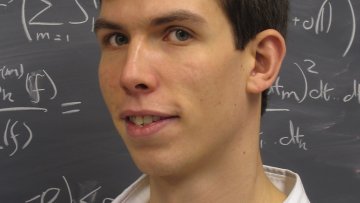A well known result by Schaeffer (1973) shows that generic solutions to a scalar conservation law are piecewise smooth, containing a finite family of shock curves.
In this direction, it is of interest to find other classes of nonlinear hyperbolic equations where nearly all solutions (in a Baire category sense) are piecewise smooth, and classify their singularities.
The talk will mainly focus on conservative solutions to the nonlinear variational wave equation $u_{tt} - c(u)(c(u) u_x)_x = 0$. For an open dense set of $C^3$ initial data, it is proved that the conservative solution is piecewise smooth in the $t - x$ plane, while the gradient $u_x$ can blow up along finitely many characteristic curves. The analysis relies on a variable transformation which reduces the equation to a semilinear system with smooth coefficients, followed by an application of Thom's transversality theorem.
A detailed description of the solution profile can be given, in a neighborhood of every singular point and every singular curve.
Some results on structurally stable singularities have been obtained also for dissipative solutions, of the above wave equation. Recent progress on the Burgers-Hilbert equation, and related open problems, will also be discussed.
These results are in collaboration with Geng Chen, Tao Huang, Fang Yu, and Tianyou Zhang.


